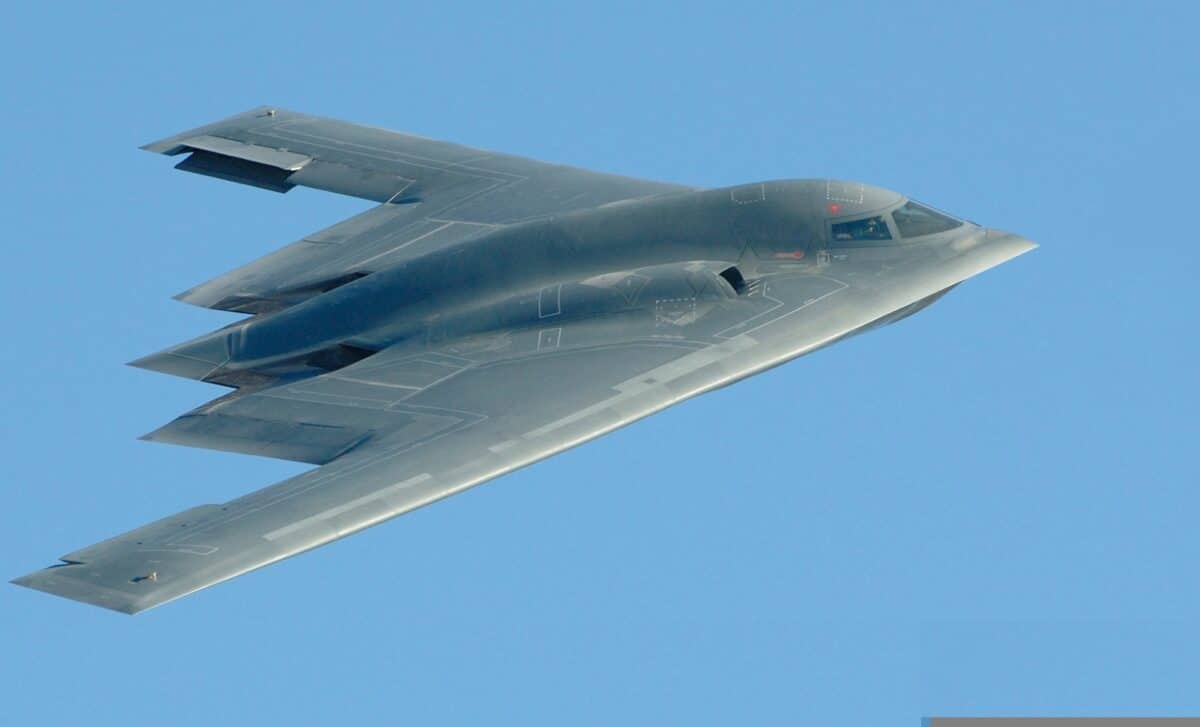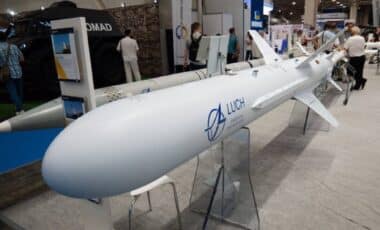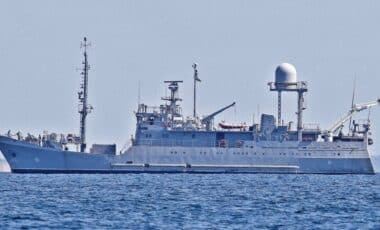The U.S. military’s B-2 Spirit bombers, equipped with the GBU-57/B bunker buster, are now being considered as a key tool in a potential escalation of the Israel-Iran conflict. The 30,000-pound bomb could be pivotal in neutralizing Iran’s heavily fortified nuclear sites, particularly the Fordow facility. The weapon’s ability to penetrate deep underground structures makes it one of the only options capable of striking such hardened targets.
As Israel continues its airstrikes on Iran’s nuclear facilities, the involvement of the U.S. military is becoming a real possibility. President Donald Trump has signaled that the U.S. might step in if the situation deteriorates further. Meanwhile, the U.S. has begun positioning military assets in the region, including the USS Nimitz aircraft carrier, which suggests a readiness for potential escalation, reports Newsweek.
Trump’s Legacy Could Shatter Overnight If War With Iran Turns Ugly
The Strategic Role of the B-2 Spirit Bomber
The B-2 Spirit bomber is one of the most advanced stealth aircraft in the U.S. arsenal. With the ability to carry conventional and nuclear weapons, the B-2 has been designed to avoid radar detection and deliver strikes on highly protected targets.
According to William Alberque, a visiting fellow at the Henry L. Stimson Center, the B-2’s capability to carry the GBU-57/B bunker buster is crucial in addressing the challenges posed by Iran’s deep underground nuclear facilities.
While Israel has advanced air forces, including stealth F-35 jets, it does not have the bombers capable of carrying such heavy payloads. The B-2 bomber’s ability to strike targets like Fordow, which are located hundreds of feet underground, could make it the only viable option for a mission of this scale.
Israel’s Efforts to Neutralize Iran’s Defenses
Israel’s airstrikes have targeted key Iranian nuclear sites, including Natanz and Isfahan. According to Rafael Grossi, the head of the International Atomic Energy Agency (IAEA), Israel has severely damaged centrifuges at these sites, although much of the destruction has been above-ground.
The strikes have also caused power outages at Natanz, further impeding Iran’s ability to enrich uranium. However, Fordow, one of Iran’s most important nuclear sites, remains largely untouched, as its location deep beneath a mountain makes it resistant to conventional bombs.
Experts suggest that even Israel’s advanced jets would struggle to penetrate the facility’s defenses without incurring significant losses from Iran’s air defenses, which include Russian-made S-300 systems.
The U.S. Military’s Potential Involvement
While President Trump has so far expressed reluctance to become directly involved in the Israel-Iran conflict, recent developments suggest that U.S. participation may be imminent. According to Shuki Friedman, director-general at the Jewish People Policy Institute, there are increasing indications that the U.S. could be drawn into the campaign.
This is particularly true as Israel continues to strike Iranian military and nuclear targets while Iran retaliates with drone and missile attacks. Furthermore, the U.S. has already begun to position military assets in the region, such as the USS Nimitz aircraft carrier, which enhances the U.S.’s ability to intervene if necessary.
Trump’s recent statements have warned that any attack on the U.S. would result in “the full strength and might” of the American military being unleashed on Iran. While the U.S. remains officially uninvolved, everything appears to be in place for a possible escalation of hostilities.








